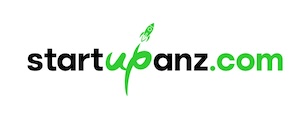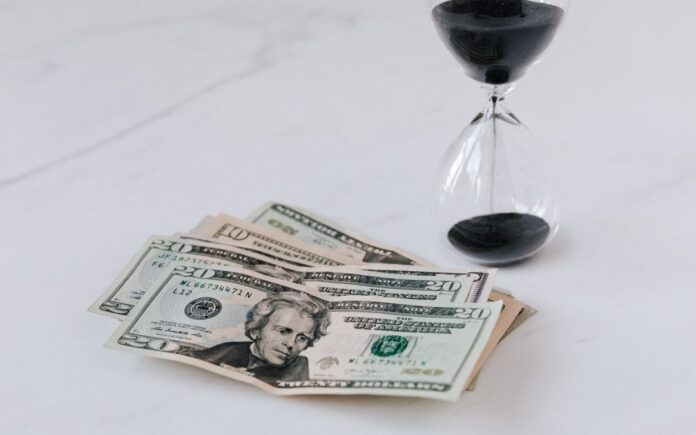By Elatia Abate
If you’re a small business owner right now, the last thing you need is a pep talk. Instead, let’s focus on tactical, how-to guidance that you need now to defy the odds, continue to grow your business, and ultimately emerge from this crisis with certainty and strength.
One of the definitions of crisis is “a stage in a sequence of events at which the trend of all future events, especially for better or for worse, is determined; turning point.”
In a crisis every action and decision we take and make shapes our future. As leaders, business owners, entrepreneurs, and professionals, this means that what we do now in the midst of the two crises we are currently facing (COVID-19 and its subsequent economic impact) will determine our fate.
The first decision that all of us have to make is whether we are determined to come out the other side better than we were before, or if we are simply going to hide under the couch and wait for things to blow over.
This is a choice, a commitment, to challenge assumptions we had about how we thought the world worked, a willingness to move beyond the thinking and strategy we had pre-pandemic, and, as Tony says, free ourselves from the tyranny of ‘how.’
With an idea to help those who have made the decision to come out the other side of this moment better than before, I hosted the first in a series of conversations called “Thriving in Uncertainty.” We talked about innovation, marketing, economics, the future of work, and collaboration. Here are the five most important take-aways from that day.
1. We all have a choice.
Whether we will be captives of our circumstances asking, “Why is this happening to me?” or captains of our destinies, asking “Given that we are here, what do I want to create?” is a choice that each and every one of us has at every turn of the pass during this crisis.
This choice doesn’t make the crisis itself disappear or ignore the tragedy of so many around the world dying or instantaneously make jobs appear for the tens of millions who are now unemployed.
What it does do is move us out of the position of victim and into the role of protagonist. Tony Robbins always says, “Where focus goes, energy flows.” We are limited if we focus on what we can’t control, and empowered when we focus on what we want to create given a certain set of circumstances.
2. Challenge assumptions.
All bets are off. Meaning, everything we thought we knew about how our strategies were going to work, who our competition was, what our revenue streams were, what unmet needs are, what our specific roles are, has changed. Since all bets are off, a powerful question to drive action and strategy is, “Where can we add value, in what ways, that our customers, clients, employees really need, right now?”
This likely means you need to pivot your business partially or entirely. It also means that you’ll want to get into conversation with your clients, not in your head with your postulations, about what they need.
3. You are the north for your business, your organization, your team.
This moment is inviting each of us to renewed and empowered leadership. There is no cavalry coming to save us. We are the cavalry. So, take a moment, listen, and ask yourself who you need to be to ensure you and your organization come out better on the other side.
One strategy suggested by Hollie Heikkinen, CEO and Founder of iWorker Innovations is to form a “think tank” around yourself to seek counsel and new ideas, balancing that input with the understanding that you know what is best.
4. Those who design and deliver best practices for “the interim” will have a distinct competitive advantage.
The crises we are facing will go through three distinct moments that provide the context and container for deciding and developing strategy. The first is “lock-down.” This is the moment most of the world is currently in, where movement, activity, business, social interactions are restricted to essential activities. The second is “the interim.”
This will be the period of 6–18 months where businesses will begin to reopen, but operating models will need to be different because we are still attempting to slow the spread of the virus.
For example, how do you redesign the lay-out of a gym when you have to keep a minimum of six feet between each piece of equipment, and can only allow X number of people inside the facility at a time? The third moment in time will be the new world that we will create during the first two periods.
According to Ted Snyder, Professor of Economics and Management at the Yale School of Management, and former Dean of both Yale SOM and Chicago Booth School of Business, companies and individuals who can develop and create best practices during “the interim,” and disseminate those best practices will be market leaders and will have ample opportunities to create value.
5. Collaboration is key.
The challenges we are all facing now are embedded with great and heightened degrees of complexity.
Like a strike from a lightning bolt, the spread of one disease has sparked almost instantaneous, massive change in everything from small business operations to global supply chain management to access to education to how we define work and working.
No one individual, organization, or industry has a silver bullet for solving for what is happening, and more importantly, ensuring we take what’s occurring to create something better, more inclusive, and more valuable once this moment has passed.
Reaching out to others and being a connector or bridge builder with resources, ideas, and opportunities from where we are to where we are all going will help us get through this easier and faster.
(To download your free Recession Resilience Guide, go here: www.elatiaabate.com.)
About Author
 Elatia Abate is an entrepreneur, educator, and future-forward strategist. She partners with organizations that range in size from Fortune 500 to early stage start-ups to help leaders make sense of the ever-growing disruption in our world and channel that disruption into tangible results. Her client roster includes the likes of PricewaterhouseCoopers, UniGroup, Verizon, University of Arizona, and University of Cincinnati. She has been featured in work with Tony Robbins and Trevor Noah, as well as in publications like Wall Street Journal, Fast Company, and Forbes.
Elatia Abate is an entrepreneur, educator, and future-forward strategist. She partners with organizations that range in size from Fortune 500 to early stage start-ups to help leaders make sense of the ever-growing disruption in our world and channel that disruption into tangible results. Her client roster includes the likes of PricewaterhouseCoopers, UniGroup, Verizon, University of Arizona, and University of Cincinnati. She has been featured in work with Tony Robbins and Trevor Noah, as well as in publications like Wall Street Journal, Fast Company, and Forbes.
(Published as part of content partnership with TonyRobbins.com)












